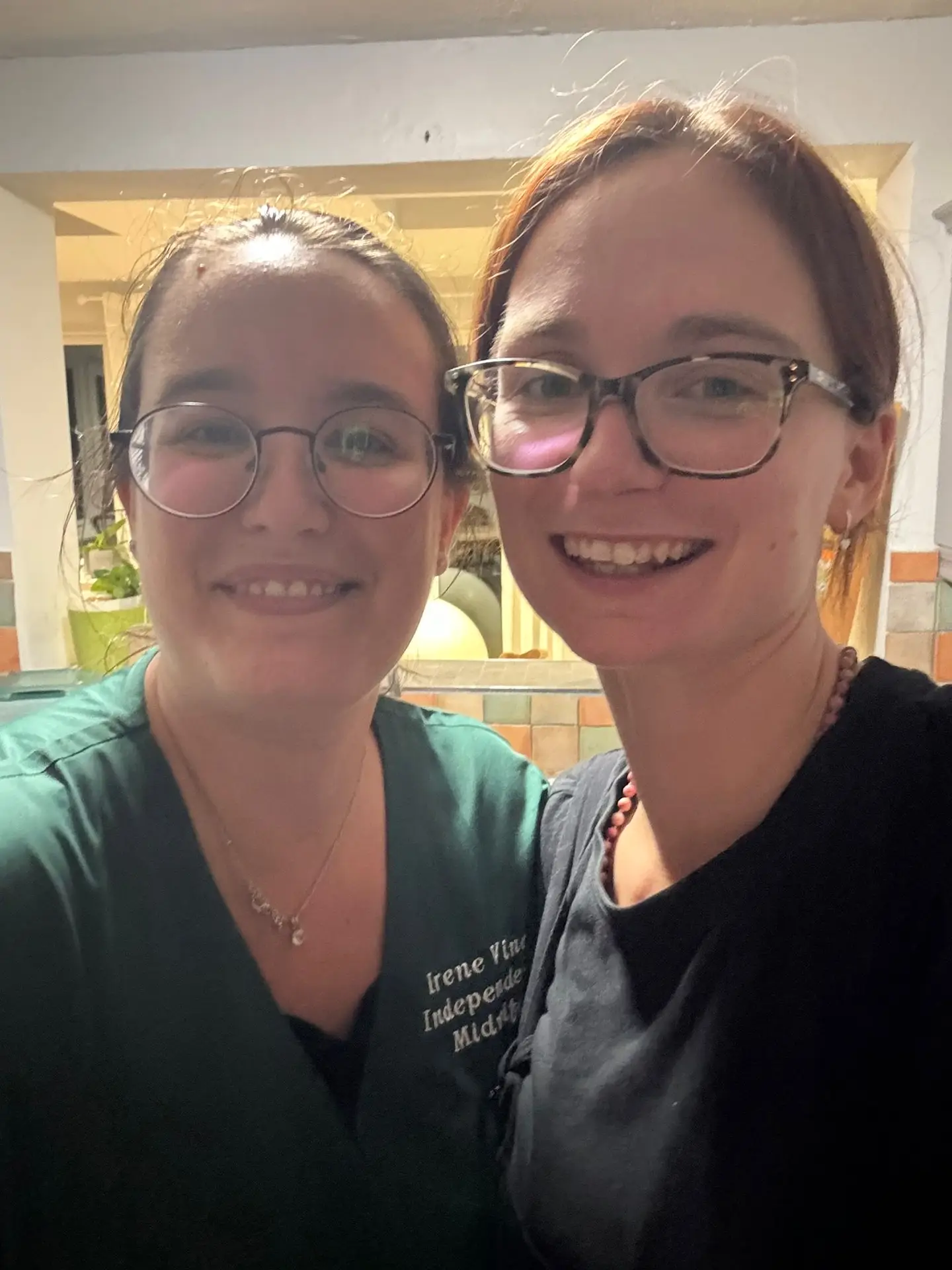
My own birth story
Some professionals don't like talking about their own experiences of care because they don't want to influence their clients. I think whatever we do, our care is so personal that we can't help bring who we are to our care, so this is my birth story. I hope it speaks to those declining interventions and others wanting to hear how amazing birth can be.

My role as a second midwife
This was the first birth I attended as an independent midwife in 2024 as a second midwife to Beth. In this story you will find information about what the role of a second midwife is at a homebirth.

OP
homebirth
Another beautiful uncomplicated birth I attended as a second midwife in 2024 this time alongside a very experienced midwife Katrina. The baby was born OP (face to pubes) but it was easy and straightforward.

Healing homebirth
The first birth of 2025! Again as a second I supported Beth. This story is special because it has been narrated in the birthing mother's own words.

Hello! My name is Irene Vine and I am an independent midwife covering Suffolk, Essex, Cambridge and East London. I provide full antenatal, postnatal and birth care including homebirths and outside of guidelines care. I am passionate about supporting women achieve a birth experience where they feel empowered, heard and understood. If you would like to experience the best possible care with unrushed appointments and a midwife who is always at the other end of the phone, give me a call! I cover most cities and villages in East Anglia, such as Chelmsford, Colchester, Ipswich, Cambridge, Harlow, London or Southend.
